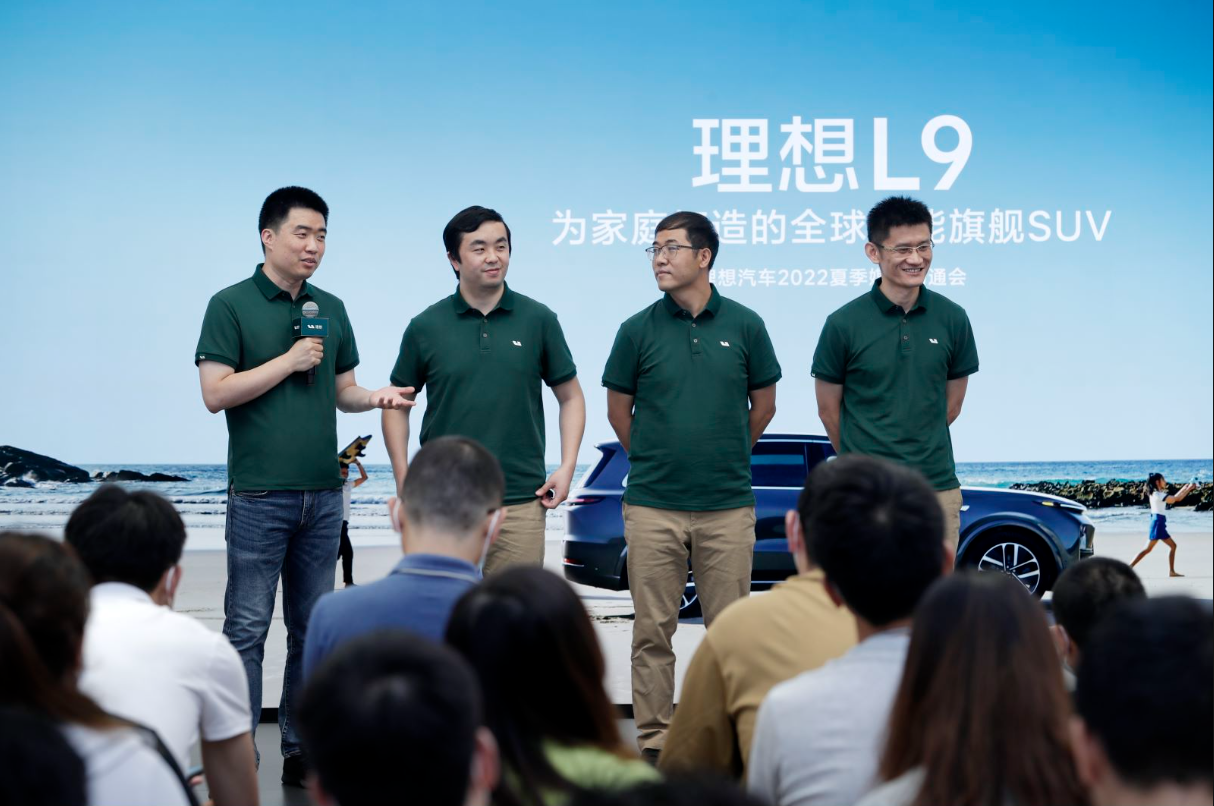Author | Shiyun Zhu
Editor | Kaijun Qiu
On June 22, there was finally a long-lasting rain in Beijing, relieving the summer heat.
As the COVID-19 pandemic eased, offline activities are gradually resuming. The “Electric Vehicle Observer” attended the media communication meeting hosted by LI Xiang, the founder of the Chinese electric vehicle manufacturer, the Ideal Group, to learn about the L9 Max.
“The most outstanding people in China are all in our team,” said LIU Liguo, the vice president of the electric vehicle department, when he spoke about the CDC (Continuously Adjustable Damping Shock Absorber System) algorithm structure design of the Ideal L9 Max.
On the other side, LI Xiang turned his head and looked at LIU Liguo with a smile, showing his pride.
In just three and a half years, Ideal Group, which was once underestimated, proved itself with its model Ideal ONE, firmly occupying the leading position in the new automobile market. It ranks first in the 300,000-350,000 yuan automobile sub-market.
Now everyone is paying attention to the L9, which is priced as high as 459,800 yuan. LI Xiang’s claim that “L9’s sales will surely surpass Ideal ONE” is becoming more credible.
Why has Ideal Group achieved its current success? What gives the L9 such amazing appeal and competitiveness?
The team and technology are superficial factors, and the deep logic lies in LI Xiang’s leadership of Ideal Group, exploring the “Apple-style car-making method”.
459,800 yuan L9 – High Cost-Performance Ratio Model
Nowadays, a vehicle launch event can’t be without memorable quotes.
On June 21, at the launch event of the Ideal flagship model L9, LI Xiang, the founder of Ideal Group, said, “(The driving performance and ride comfort of the L9) we are not afraid to compare with the Porsche Cayenne.”
The driving experience remains to be seen after the L9 is mass-produced and evaluated by consumers. However, it is worth noting that whether it is “the best family SUV under 5 million yuan” or competing with Mercedes-Benz GLS, BMW X7, and even with Porsche Cayenne, LI Xiang’s core purpose is not to promote the lofty value of the L9, but to showcase the product logic of Ideal’s “Apple-style high cost-performance ratio” to the public.
“The core philosophy of Apple’s products is to make an extremely luxurious product more accessible to the public, the masses can reach it; and the other is to create very unique innovations in terms of experience and technology, which can make consumers willing to spend a little more money,” LI Xiang said.
“Our understanding of Apple is like this, and we will always insist on doing it this way.”
One of the characteristics of Apple-style cost-effective products is simplification and standardization, from the model to the configuration.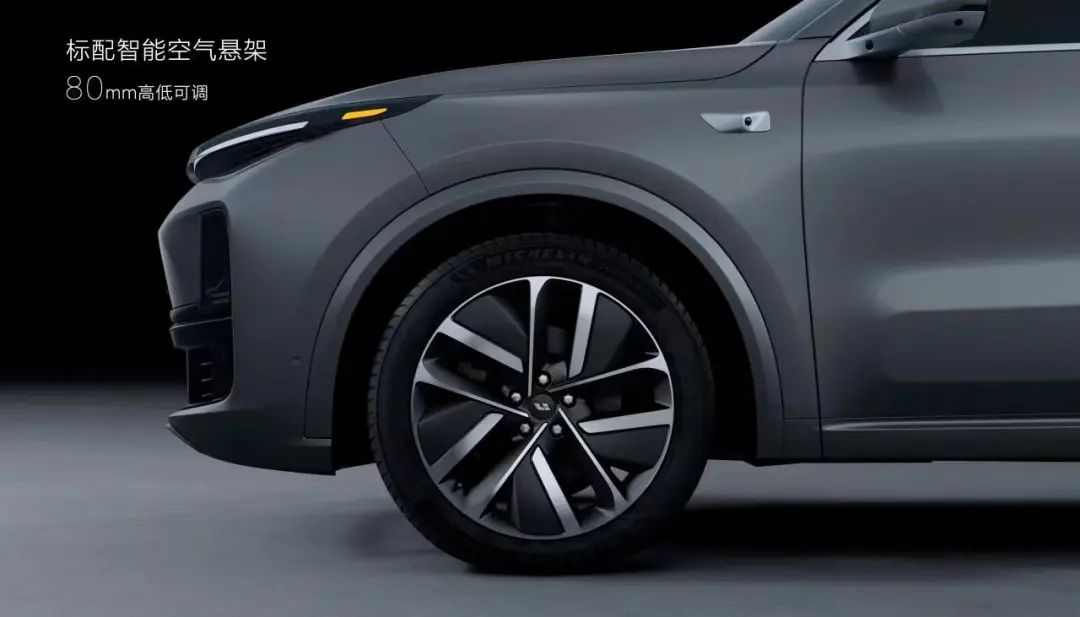
After L9’s price was announced, the big screen was filled with 100 standard configurations, including traditional luxury car options such as full seats with electric adjustment, panoramic sunroof with electric sunshade, air suspension, and a 2160-watt 7.3.4 panoramic sound system, as well as new car force charging items like the Ideal AD Max intelligent driving system.
L9 only has three special paint colors and an electric pedal as optional items. “Not everyone needs an electric pedal because of their height, so it must be optional,” said Li Xiang.
In terms of model layout, two models will be released every four years, with only one product per model. Li Xiang said that in the future, they will apply an Apple-style cost-performance logic to build products with great restraint.
“In recent years, ‘standard configuration throughout the lineup’ has become an important means of building cost-effectiveness for cars priced between RMB 200,000 to RMB 250,000 and below. However, in the luxury brand core price range of RMB 350,000 and above, providing users with various optional items, like brand premiums, is a business model for luxury brands to make profits and maintain brand thresholds. Brands like Porsche and Lamborghini will limit their products to maintain the scarcity of luxury brands.
“From this perspective, even though the price has entered the luxury price range of RMB 450,000, ideal is not following the typical luxury brand high premium model, but hopes to universalize luxury-level high-end configurations through scaling.
“We believe that the price range above RMB 400,000 is very healthy. Many of the technologies we use were very expensive in the early stages and required a relatively expensive car before scaling up to reduce costs and then promote them to cars with different price ranges. This is a core choice,” Li Xiang said in an interview.
To achieve large-scale standard configuration, the high cost of high-end configurations needs to be absorbed through scaling. And to achieve scaling, fundamentally, it is necessary to create products that can meet consumer needs.
To discuss whether the L9, priced at RMB 450,000, can sell over 10,000 units a month, it is necessary to first consider the “background” of the founder.
Li Bin excels in capital operation, and Nio has been spending money boldly for five years, building a luxury brand, product, and technology layout.
He XPeng’s UC has a self-developed kernel, and XPeng Motors was the first to follow Tesla and go down the road of full-stack self-development.
Li Xiang’s Autohome has the most comprehensive and cutting-edge user demand in China, and Ideal’s first product captured the RMB 350,000 sub-market with a less advanced extended-range model.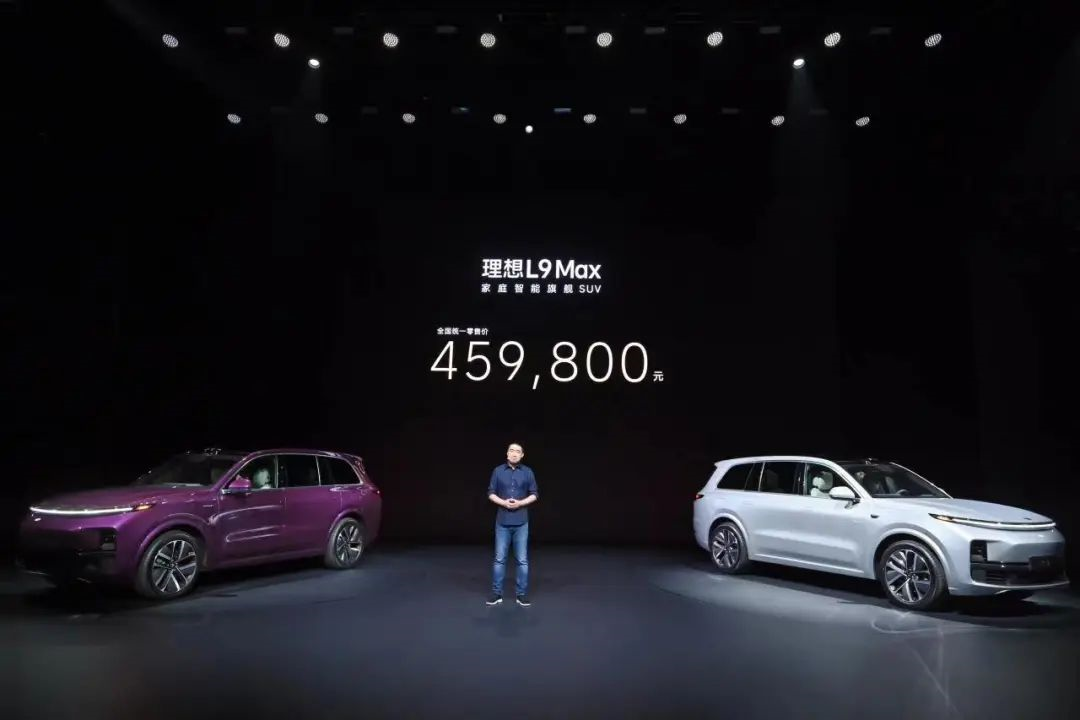
“I don’t believe anyone can do better market research than what I did at Autohome,” Li Xiang explained the reason behind Ideal’s target on family users in an interview.
“89% of the users in the 200,000 RMB and above price range are families. If you keep talking about high-end to the market every day, no one will listen to you, and even the team won’t know how to make products. But when you talk about families, the team will build every penny and every piece of technology around families.”
“I think this is different. This is a positioning problem.”
Spending Money to Create Very Unique Innovations
How can positioning be translated into scaled sales? Li Xiang’s plan is to use “very unique innovations.”
The Ideal ONE meets the needs of family-oriented cars for energy consumption and price-performance ratio with its six-seater and extended-range functions. Now, L9 has also played with cool technology based on space and extended range.
It is not afraid of Kourinan’s driving comfort, multi-dimensional interaction modes of voice/gesture, standard-equipped high-speed navigation including city navigation intelligent driving assistance capabilities, and even AEB automatic emergency braking system with a failure rate of only 0.31 times per 100,000 km.
However, unlike the vast majority of new cars that simply pile up functions through suppliers’ capabilities, L9’s series of innovative experiences are backed by Ideal’s own teams and technology.
“Ideal Automobile has four independent AI and algorithm teams in operation,” Li Xiang told “Electric Vehicle Watch.” The largest team is in the field of intelligent driving; the second is the intelligent cockpit team; the third is the development system that includes sales, factory systems; and the fourth is the vehicle control team.
“We use AI algorithms to write control programs for robots in factories, because the external supplier control programs are poorly made and too expensive. The prediction of the range extender, work road conditions, suspension, battery failure, etc., is done through algorithms and artificial intelligence,” Li Xiang said.
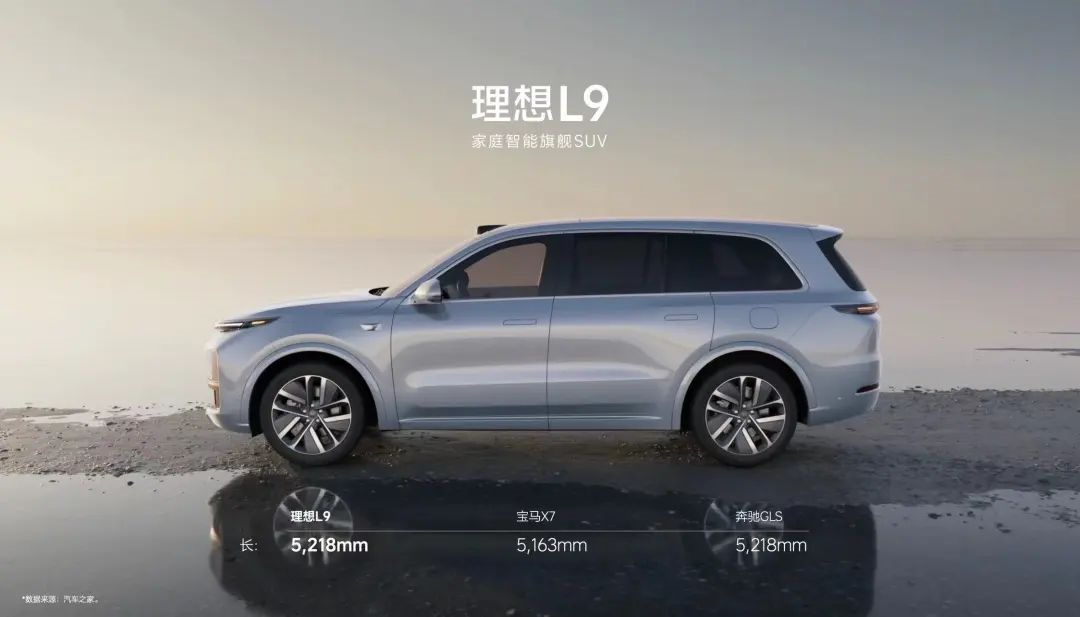
“(The AI and algorithm team) is what we have been carefully preparing for in the past three years. We believe that intelligent electric vehicles carry two important purposes: one is energy renewable and the other is promoting artificial intelligence into the three-dimensional world. So we have invested a lot of people, money, and energy in solving the problems of artificial intelligence and three-dimensional world through artificial intelligence. This is very different from traditional brands.”## English Text
Starting from 2021, the Ideal company with the tag of “stingy” has invested heavily in research and development. The R&D expenditure has continued to grow and even exceeded that of NIO and XPeng.
“After the IPO in 2020, we could invest more money in R&D,” said Li Xiang. “We really didn’t have much money before, but now we can invest more. You can see that we have designed our own XCU and various motherboards.”
In addition, Ideal has established its own supply chain system.
The range extender used in the L9 comes from an Ideal Holding company, and the motor and battery also come from Ideal’s joint venture. “One is to achieve technical controllability and improve R&D efficiency; the second is to control supply capacity ourselves and avoid capacity limitations caused by supplier shortages like Ideal ONE; and the third is some cost advantages,” Li Xiang said.
Independent AI and algorithm teams running under different scenarios, as well as the company’s own supply chain system, have laid the foundation for L9’s landing of an Apple-style high-performance cost-effective vehicle.
L9’s slogan of “not afraid of Corolla” in terms of driving comfort is based on a series of self-developed vehicle control achievements by Ideal.
On the L9, Ideal has independently developed XCU, a vehicle control domain controller based on the latest NXP chip, and the core control algorithm based on it.
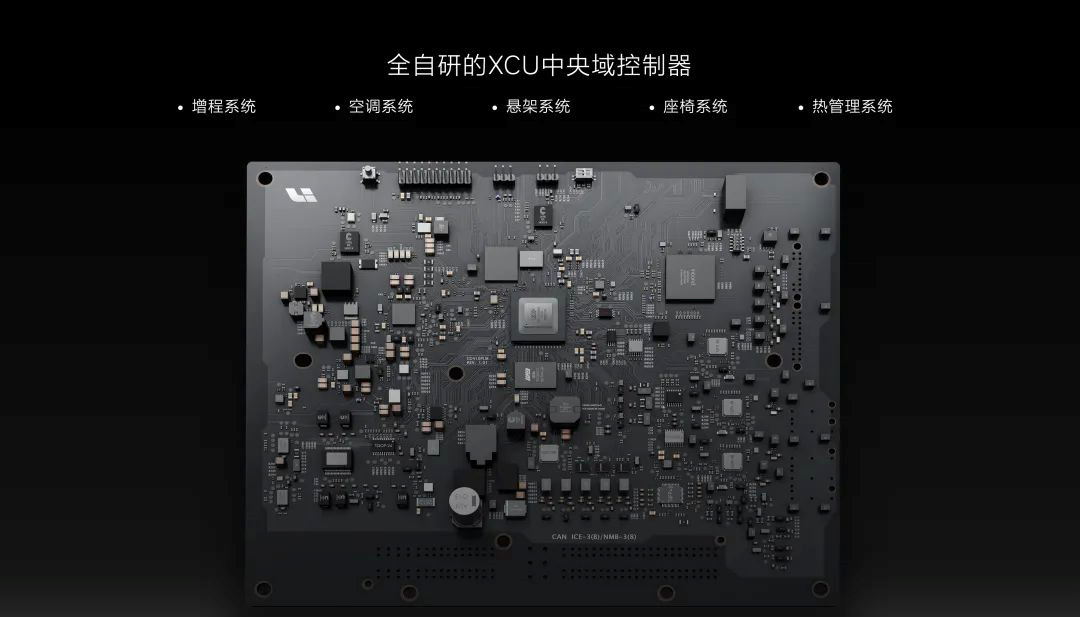
“Liu Liguo told Electric Vehicle Observer that the preliminary structure design of the CDC-related algorithm on the L9 was handled by the country’s top talent team, and also cooperated with internationally top companies. Meanwhile, the algorithm of the CDC suspension is not developed from scratch, but with the cooperation of Ideal and Porsche Engineering, ‘We use the same architecture and algorithms as the Cayenne, and we combine more in-car sensors to accurately identify the road situation.'”
More importantly, although the current on-board algorithm is still passively controlled, that is, controlled based on feedback from the car body to the ground, Ideal has already realized interactive fusion between the vehicle control domain and sensors such as vision and LIDAR on the system, to identify road conditions in advance and plan for active control vehicle control algorithms. “All code and algorithms are in our own hands.”
Not handing over the tuning to foreign giants anymore, and self-developed vehicle control algorithms will help Ideal accumulate the highest core “know-how” in auto manufacturing.
In addition, Ideal has also achieved self-research in more traditional outsourcing areas: L9’s ergonomics are based on Ideal’s self-developed Chinese human body simulation data that has body surface, muscle, joint, and bone structures; and the car’s air conditioning system uses Ideal’s self-developed heat model simulation layout based on Chinese region characteristics and usage habits.
Personalized Ideal Company## If self-developed vehicle control, ergonomics, in-car thermal model and other fields are the leading advantages that ideal pursues by catching up with traditional automobile enterprises through time and money accumulation, then in the field of intelligent cabin and intelligent driving, Ideal hopes to be in the leading position of the times.
From the current implementation of functions, the cross-screen interaction between multiple screens inside the L9 car, the head-up display replacing the instrument panel, gesture control, voice interaction, and other capabilities do not have obvious advantages and differences compared with many new and old intelligent cabin capabilities of automobile brands.
But the “Ideal classmate” behind the intelligent cabin is very interesting.
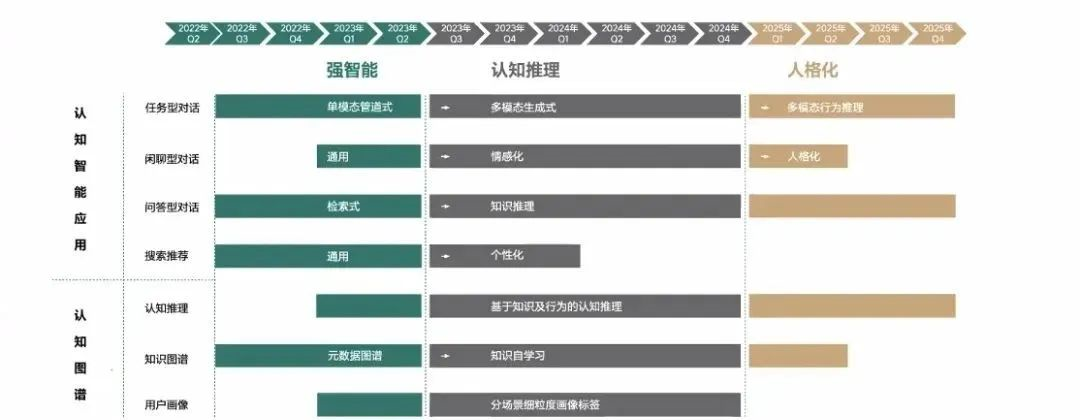
Ideal classmate is currently in its infancy as an intelligent AI triggered by keywords and capable of executing voice/gesture/touch commands. According to the plan until Q2 of 2023, Ideal classmate will be in the stage of software 1.0, mainly based on engineer-initiated metadata mapping for machine learning, and can perform various tasks based on in-car human commands;
Afterwards, Ideal classmate will gradually enter the era of software 2.0 (until Q4 of 2024), able to provide various services based on self-inference and understanding from people/car/scenery situations, whether required or not, driven by data through unsupervised autonomous learning;
By the end of 2025, “Ideal classmate” will be personalized and “more like your friend or family member.” said Gou Xiaofei, Vice President of Ideal Automotive’s Intelligent Space Department.
To achieve the evolutionary capacity of the Ideal classmate AI model, Ideal’s intelligent cabin team has made many deployments in both software and hardware.
In terms of software, “Ideal classmate” currently adopts two sets of perception systems, vision and hearing. Among them, the visual perception system constructs a multi-object vision fusion network based on deep learning, which can recognize the expressions, gestures, and actions of car occupants in three dimensions;
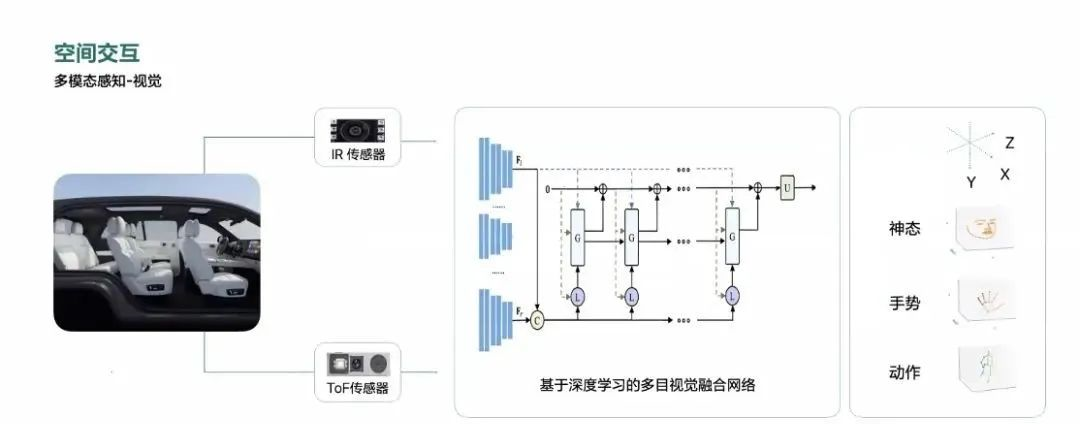
The auditory perception system is executed by a multi-zone enhanced deep convolutional recurrent neural network MIMO-NET, the accuracy of sound zone positioning has been improved by 20%, and the recognition error rate has decreased by 30% in multi-person scenarios compared with traditional algorithms.
In terms of hardware, hearing and touch are completed by multi-audio zone microphones and touch devices, while vision is assisted by IR infrared sensors and Time-of-Flight sensors, and two high-power Qualcomm 8155 chips are used to support computation.TOF is the abbreviation of Time of Flight technology. The sensor emits modulated near-infrared light and reflects it off objects. The sensor calculates the time difference or phase difference between light emission and reflection to calculate the distance of the photographed scene and produce depth information. When combined with traditional camera photography, the 3D outline of an object can be presented in the form of a terrain map with different colors representing different distances.
According to Gou Xiaofei, in “Electric Vehicle Observer,” “Eyesight and hearing are the ultimate perception we want to achieve. Our system can produce a complete 3D image of the car interior with a depth accuracy of 1 millimeter. Our AI model makes judgments and decisions based on this image. For example, turning on or off various functions requires the fusion of sight and sound.”
However, the core competitive aspect of Ideal’s intelligence level is its ability to assist with intelligent driving. In “Wei Xiaoli,” Ideal was a latecomer to the intelligent driving field, only releasing NOA high-speed navigation assistance function to users at the end of last year, over a year later than NIO and XPeng. But with the rollout of NOA, Ideal’s intelligent/autonomous driving technology has switched from relying on third-party technology to a fully self-developed model.
According to the logical plan for Ideal’s intelligent/autonomous driving technology, the company is expected to achieve Level 2 ADAS capability for Ideal AD in 2020, NOA self-developed high speed capabilities in 2021 and 2023, city NOA in 2024, and city FSD (Fully Autonomous Driving) in 2025.
This process will be accompanied by continuous construction and improvements in Ideal’s intelligent/driving technology system. In 2020, data feedback was achieved, autonomous data labeling was implemented in 2021, a completed data closed-loop link was formed in 2022, full-chain data automation iteration occurred between 2023 and 2024, and 100 billion kilometers of intelligent/autonomous driving mileage is expected to be reached by 2025.
“We need to ultimately achieve fully autonomous driving in urban areas, which requires a minimum of 100 billion kilometers of driving data to validate our technology reaching a level close to that of humans,” says Lang Xianpeng, vice president of Ideal’s intelligent driving department. “We hope that Ideal’s autonomous driving team will be the first in China to achieve FSD capability.”To be the first, investment in R&D process, algorithms, and data is required for ideal.
R&D Process
As introduced by Lang Xianpeng, with the delivery of the Ideal AD Max, the complete self-learning process of the Ideal AD has been fully connected.
The method of manual testing and validation during the product development phase is costly and time-consuming. Currently, the Ideal autonomous driving team has upgraded this process to an autonomous learning validation mode, where the entire algorithm/software function automatically discovers and resolves issues, thus significantly improving iteration efficiency.
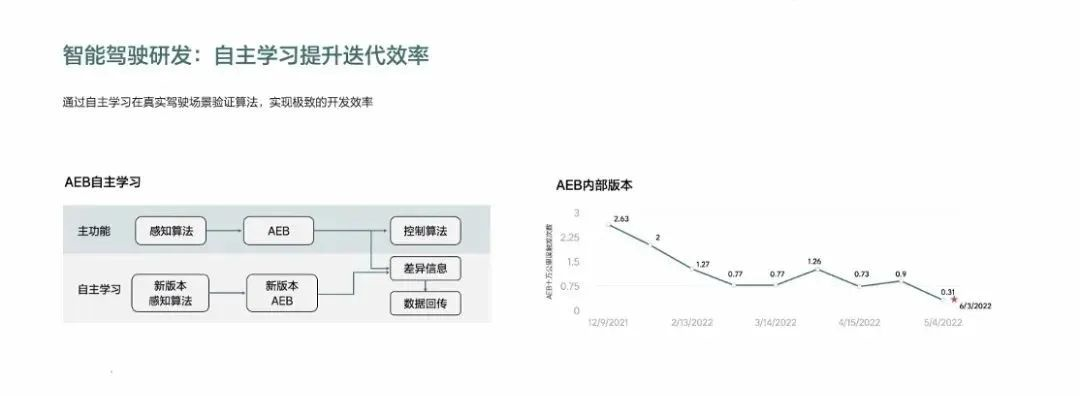
Taking the iteration of Ideal’s AEB function as an example, by simultaneously deploying two versions, an old and a new one, on the vehicle, the old version will execute the task on the vehicle, while the new version will compare the actual scenario with the operation results of the old version, then discover differences and learn, correct itself, and iterate through data feedback. Finally, within a period of just six months, the Ideal AEB’s rate of false positive per 100,000 km decreased from 1 to 0.31.
Lang Xianpeng also indicated that after product delivery, Ideal continuously collects feedback data through various channels such as quality work orders and customers’ feedback in the app for iteration of the system.
Algorithm Architecture
Ideal AD Max’s algorithm will adopt the technical path of merging strong visual perception and lidar with high-precision map fusion. Furthermore, to enhance safety, Ideal AD Max has added two sets of vision and lidar safety algorithms as redundancy outside the main algorithm. They will call corresponding visual and radar perception systems separately to participate in the 4D environment modeling work of the main algorithm.
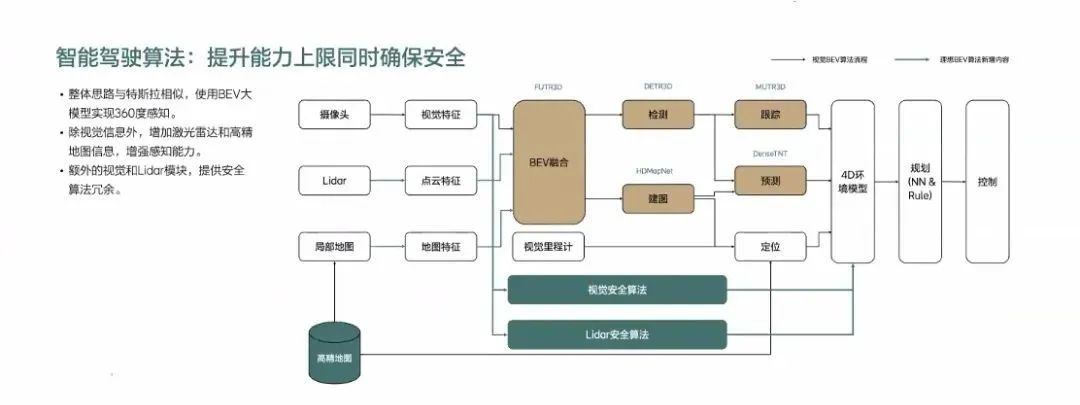
The two sets of redundant safety algorithms are not the only unique features of Ideal AD Max.
Ideal AD system includes FUTR3D BEV fusion algorithm, DETR3D detection algorithm, HDMapNet mapping algorithm, MUTR3D tracking algorithm, and DenseTNT prediction algorithm.
Among them, the BEV-based algorithm applied in visual perception is rare in the industry.
BEVFormer is a surround object detection method based on Transformer and temporal models under the bird’s eye view perspective, applicable to 3D object detection tasks with multi-view cameras, pioneered by Tesla. Based on the BEV framework, L9 can establish a 360° panoramic image similar to Tesla’s perception.Building on the BEV, the ideal has proposed FUTR3D, a perception fusion algorithm based on BEV for the first time in the industry. Liang Xiangpeng said that a major feature of this fusion algorithm is its plug-and-play capability, which enables sensors to be replaced and added freely without affecting the algorithm’s architecture.
In other words, FUTR3D can easily adapt to vehicles with zero, one, or multiple lidars and different cameras, providing a universal algorithm for the perception system of different versions of Ideal Future PRO/MAX.
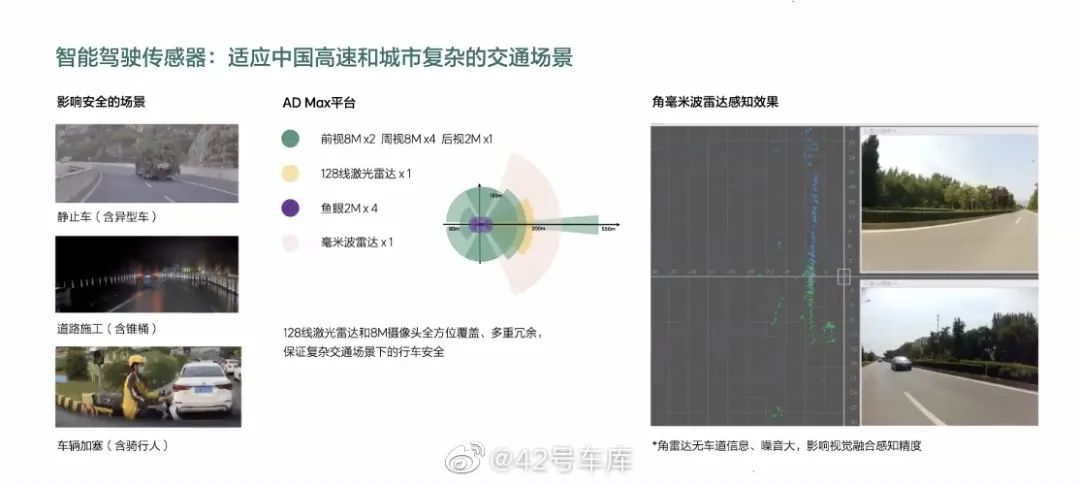
After the panoramic visual ability became strong, the ideal canceled the ineffective corner radar setting. The mapping algorithm allows the ideal AD Max to construct a high-definition map in real-time while driving in an urban scene, thereby reducing the system’s dependence on high-precision maps in urban scenes and making it easier to deploy in more cities.
The detection, tracking, and prediction algorithms of the ideal AD also achieved first-place results in recent professional competitions.
Like AEB, the Ideal AD will also continue to iterate and grow in a self-learning development mode.
Data
Data is the core battlefield of various autonomous driving competitions.
Liang Xiangpeng said that thanks to the commercial decision to standardize NOA, the total effective learning mileage of Ideal’s smart driving has reached 190 million kilometers, with a total of 330 million effective learning frames.
These data are obtained based on the continuous hot sales of Ideal ONE and Ideal’s self-built automatic data annotation system.
Liang Xiangpeng said that Ideal’s data includes more than 150 performance types. After being triggered and collected by the vehicle, the annotations include attributes such as taking over, special scenes, anomalies, etc. When the data is uploaded to the cloud, the more specific annotations will include more than 100 tags such as weather, lighting, and road conditions.
Therefore, Ideal engineers can search for specific scenes to enhance the “feeding” of AI models according to different optimization requirements.
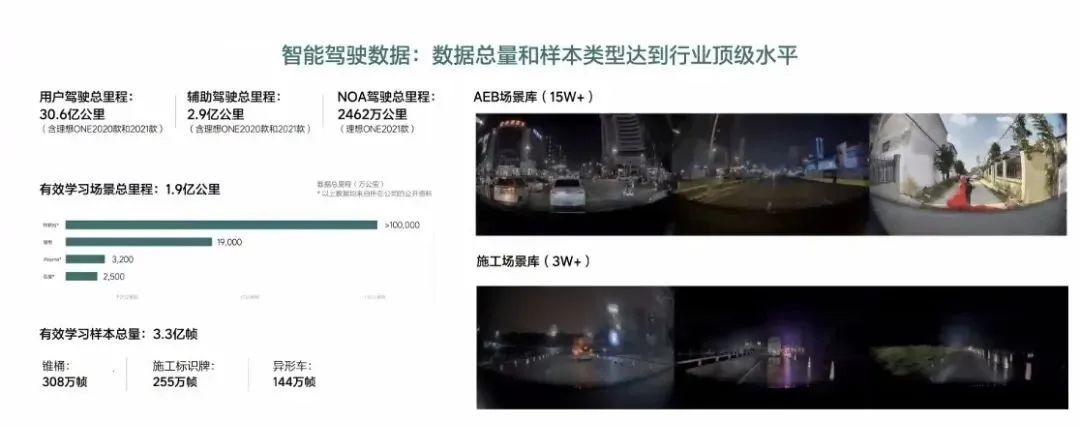
“We have AI models and autonomous learning algorithm verification frameworks with 4DBEV framework on the vehicle end and a fast automatic data annotation and algorithm training system in the cloud. Therefore, combining the vehicle end and the cloud effectively to iterate algorithms can achieve a higher level of autonomous driving,” said Liang Xiangpeng.
At the end of the interview, Li Xiang revealed the meaning of the Max with the L9 suffix.The ideal intelligent cockpit and intelligent driving will both be available in MAX and PRO versions. The intelligent cockpit and driving system of L9 will be equipped with the MAX version, indicated by its X suffix. “When two PROs are combined, our vehicle model is called PRO, it’s that simple.”
This article is a translation by ChatGPT of a Chinese report from 42HOW. If you have any questions about it, please email bd@42how.com.
